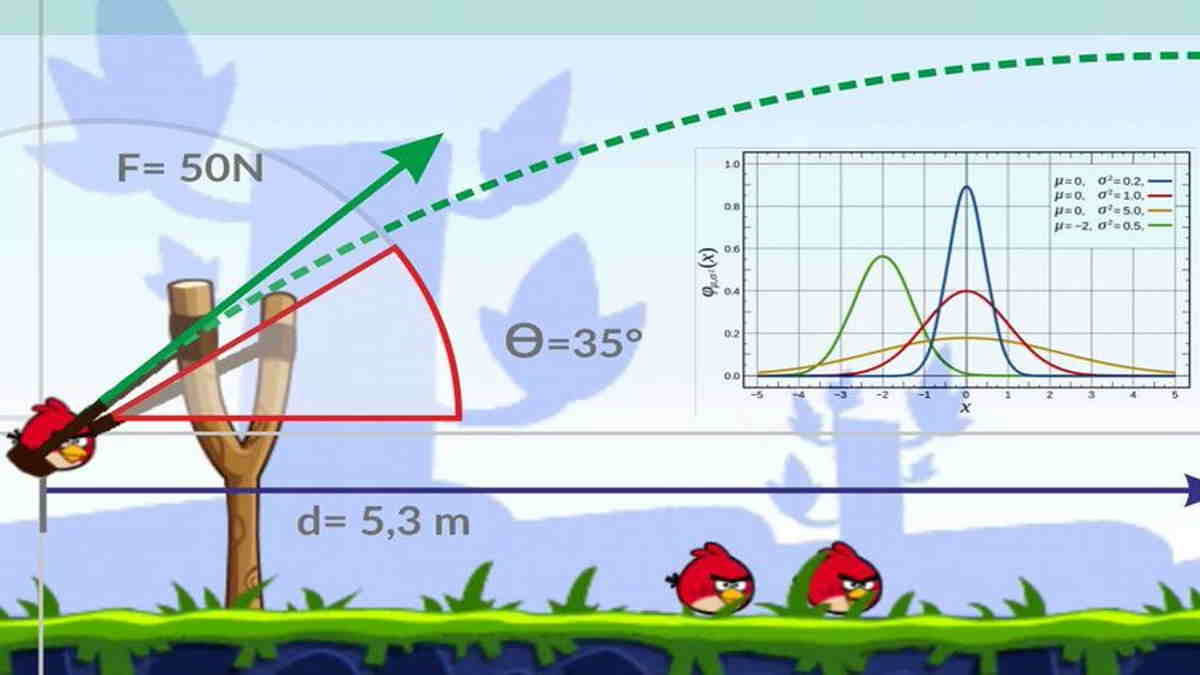The definition of parabolic motion occurs when an object moves on its trajectory not in a straight line and forms a parabola.
This can happen because of a combination of Uniform Straight Motion or GLB and also Uniformed Straight Motion or GLBB.
The two movements will later form an elevation angle that is on the x axis (horizontal) and also the y axis (vertical). The x-axis itself is GLB while the y-axis is GLBB.
Also Read: Kinematics of Straight Motion: Understanding the Definition and Formulas
What is the Definition of Parabolic Motion and its Characteristics?
You must have thrown a ball. If you pay attention, the thrown ball will reach a certain height before descending because it is attracted by Earth’s gravity.
The motion that the ball experiences is a parabolic motion. Parabola is a combination of horizontal motion on the x-axis and vertical motion on the y-axis.
When parabolic motion occurs, the assumption is that there is no resistance in the air. As a result, all objects will fall at the same speed.
Simply put, this parabolic motion will be driven by the initial velocity and then travel a path whose direction is affected by gravity. The name of this motion is also known as the bullet motion.
The following are some of the characteristics of parabolic motion:
- This motion is the same as free fall motion, all objects that carry out bullet motion or parabolic motion will also be affected by the gravitational force downwards the center of the Earth of g = 9.8 m/s2.
- Parable motion is caused by the forces they receive. We will focus more on the motion of objects that are thrown and move freely in the air under the influence of gravity.
- There are obstacles that make objects get a force with an initial speed, the movement will depend on gravity and friction or resistance.
Also Read: Uniform Straight Motion, Definition and Differences With GLBB
Parabolic Motion Formula
After knowing the meaning of parabolic motion, now you also need to know the formula. The x-axis formula in the form of Uniform Motion or GLB is:
Vx = V0x = V0 cos α
Or the distance in the x-axis direction becomes:
X= Vx t
While the formula for the y-axis motion of Uniform Straight Motion or GLBB is:
Vy = initial velocity (V0) sin – gt
Or the distance on the y-axis becomes:
y = initial value (V0) sin α t – 1/2 gt2
- Vx = velocity towards the X-axis direction (m/s)
- X = the distance in the direction of the X axis (m)
- t = time(s)
- y = the distance in the direction of the y -axis (m)
- Vy = velocity towards the y-axis direction (m/s)
- g = acceleration due to gravity (ms2)
Also Read: Accelerated Uniformly Changing Straight Motion, Here’s the Formula and Examples!
In addition to the ball, this parabolic motion is also found in several conditions, such as the motion of a bullet that has just been fired by a catapult.
In addition, you can also find the notion of parabolic motion when flying an airplane from folded paper. The plane will soar until it finally falls due to the force of gravity. (R10/HR-Online)
–


